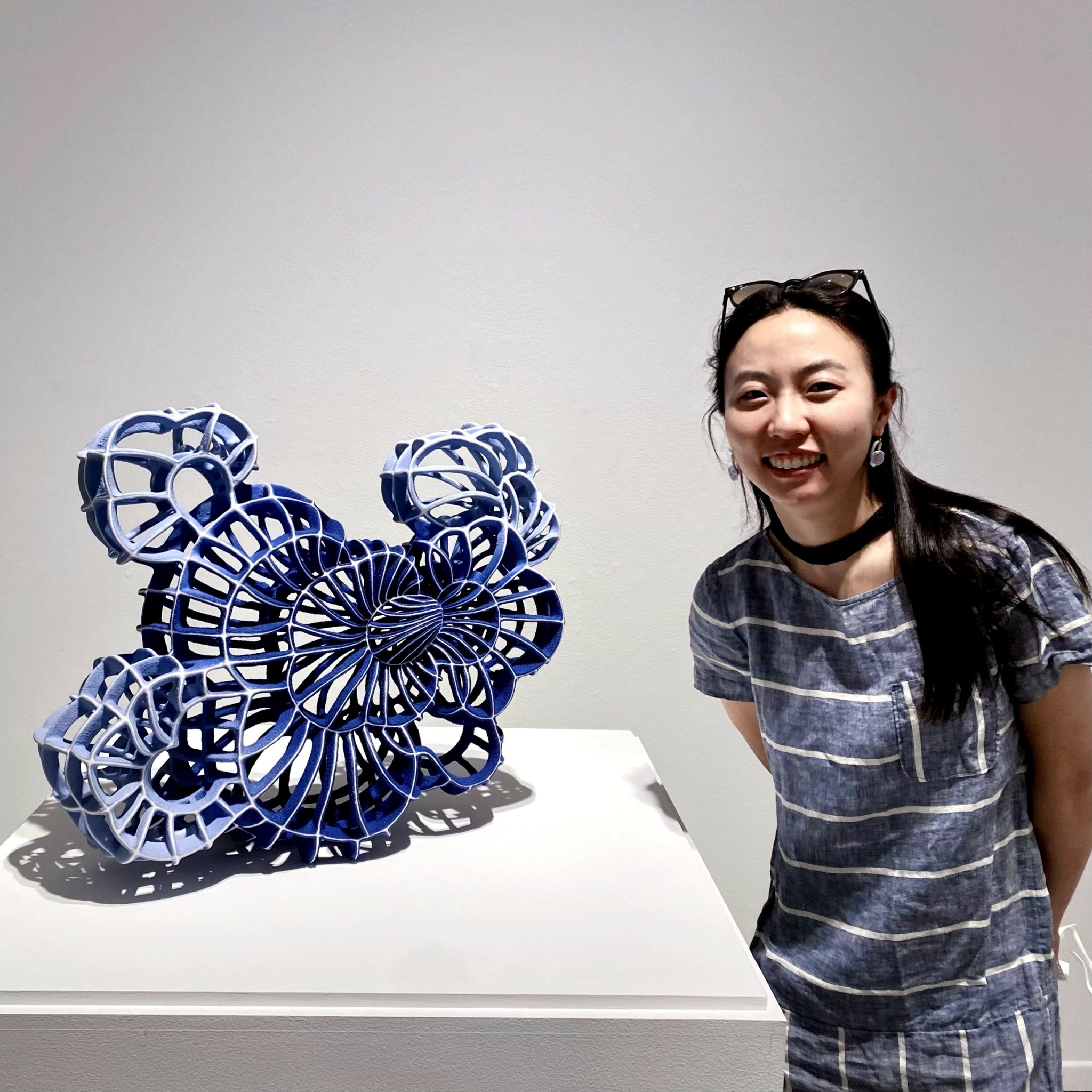Alright – so today we’ve got the honor of introducing you to Shiyuan Xu. We think you’ll enjoy our conversation, we’ve shared it below.
Shiyuan, thanks for taking the time to share your stories with us today How did you learn to do what you do? Knowing what you know now, what could you have done to speed up your learning process? What skills do you think were most essential? What obstacles stood in the way of learning more?
Ceramics has a long history in China, but I didn’t truly engage with it as an art form until my undergraduate years at the China Academy of Art (CAA). CAA is one of the top four-year art institutions in China, with a structure curriculum unique to each major. In our first year, all students were required to complete foundational courses, such as drawing, painting, and design principles in both 2D and 3D dimensions, etc. From the second year onward, we immersed ourselves in major-specific training.
As a ceramics major, I spent two years intensively building technical skills. Our courses included coil-building, slab-building, wheel-throwing, surface decoration, and basic glaze formulation. In our senior year, the focus shifted: we had the freedom to develop our own ideas and create work for a culmination exhibition. This rigorous and hands-on training laid the groundwork for my understanding of clay—how it behaves, and how to work with it.
After graduating, I became increasingly curious about contemporary ceramics on a broader, more conceptual level. That curiosity brought me to the United States a decade ago, where I pursued an MFA in ceramics at Arizona State University. The graduate experience was vastly different from my undergraduate training. It emphasized material exploration, conceptual development, and cultivating a personal visual language. I learned to break rules, push boundaries, and view clay not just as a medium, but as a means of self-expression. Those three years were transformative—they helped me think critically as a professional artist, gave me the confidence to present my work publicly and how to communicate with audience.
For me, there is no shortcut in learning. It takes time, persistence, and a willingness to fail. The hours spent in the studio—experimenting, failing, and reworking—often lead to unexpected ideas. A strong foundation is essential, but just as important are curiosity and resilience. Clay has its own personality; it cracks, slumps, distorts. You can do everything “right” and still have a piece collapse. It can be incredibly frustrating. But in learning to let go of perfection, and in finding creative ways to solve problems, real breakthroughs happen.
Many people give up after a few setbacks. But for those who persist, clay offers endless potential—not just for making, but for growing.
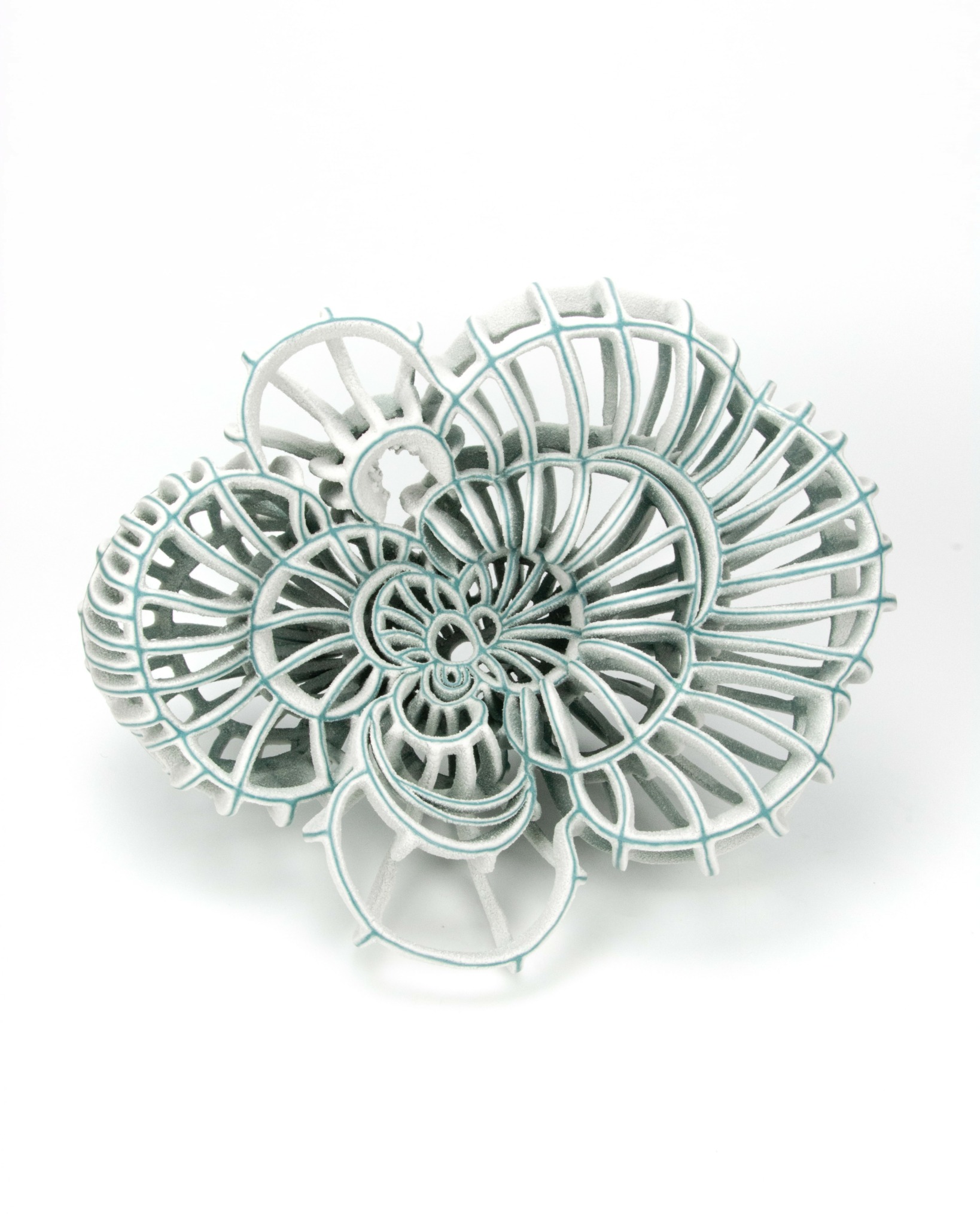
Awesome – so before we get into the rest of our questions, can you briefly introduce yourself to our readers.
I’m Shiyuan, a ceramic artist and educator originally from China. Over the past decade, I’ve lived and worked across various parts of the U.S., establishing myself as a professional artist. In 2023, I joined California State University, Chico as an Assistant Professor, where I now teach ceramics. Currently based in Chico, I divide my time between teaching, maintaining my own studio practice, and traveling for exhibitions, residencies, and other professional opportunities.
My work focuses on ceramic sculpture, drawing inspiration from microscopic life forms—from single-celled organisms in the ocean to terrestrial plant seeds and the intricate architecture of cells, the building blocks of all life. I’m particularly fascinated by their shapes, structures, patterns, and textures. These tiny systems serve as visual references that I reinterpret into sculptural forms, expressing both the intricacy and fragility of the hidden natural world. My recent work emphasizes the structural dynamics of microorganisms—how they move, grow, and adapt in response to their environments, generating endlessly evolving forms through interaction and transformation.
Material research is an essential part of my practice. I work with porcelain paperclay—a blend of clay and cellulose fiber—to improve strength and flexibility, enabling delicate constructions. I’ve also developed unique glaze recipes to create specific surface effects that complement the organic qualities of my forms. Additionally, I weave elements of my cultural heritage into my practice by subtly referencing traditional Chinese ceramic colors and aesthetics, allowing me to share my roots in a personal and abstract visual language.
Although I’ve worked in ceramics for over a decade, I still consider myself in the early stages of my career. I actively pursue opportunities to share my work with broader audiences—applying to juried exhibitions, connecting with galleries, and building relationships within the field. I’m proud that my work has been shown nationally and internationally, including in the U.S., UK, China, South Korea, Italy, Portugal, and Slovenia. It has also entered several esteemed public collections, such as the Victoria and Albert Museum (UK), The Federal Reserve Board Fine Arts Collection (U.S.), Jingdezhen Ceramic University (China), San Angelo Museum of Fine Arts (U.S.), the Korea Ceramic Foundation (South Korea), and the National Museum of Slovenia—alongside numerous private collections. Thanks to today’s digital platforms, I’m also fortunate to share my work with a global audience that continues to grow.

Can you share a story from your journey that illustrates your resilience?
As I mentioned earlier, embracing failure and continuing to move forward has shaped me into a stronger artist—and person. Pursuing a career in the arts is never easy. In ceramics especially, it’s a highly competitive field with so many talented individuals all applying for the same limited resources. Over the years, I’ve faced numerous rejections and setbacks, both in my practice and in my professional journey. One experience that stands out is receiving the Emerging Artist Fellowship from the National Council on Education for the Ceramic Arts (NCECA). This fellowship is one of the most prestigious and competitive honors for emerging ceramic artists in the U.S., and I had applied for it five times before finally receiving it. That recognition was not only incredibly meaningful but also opened doors to new opportunities and connections that have helped propel my career forward.
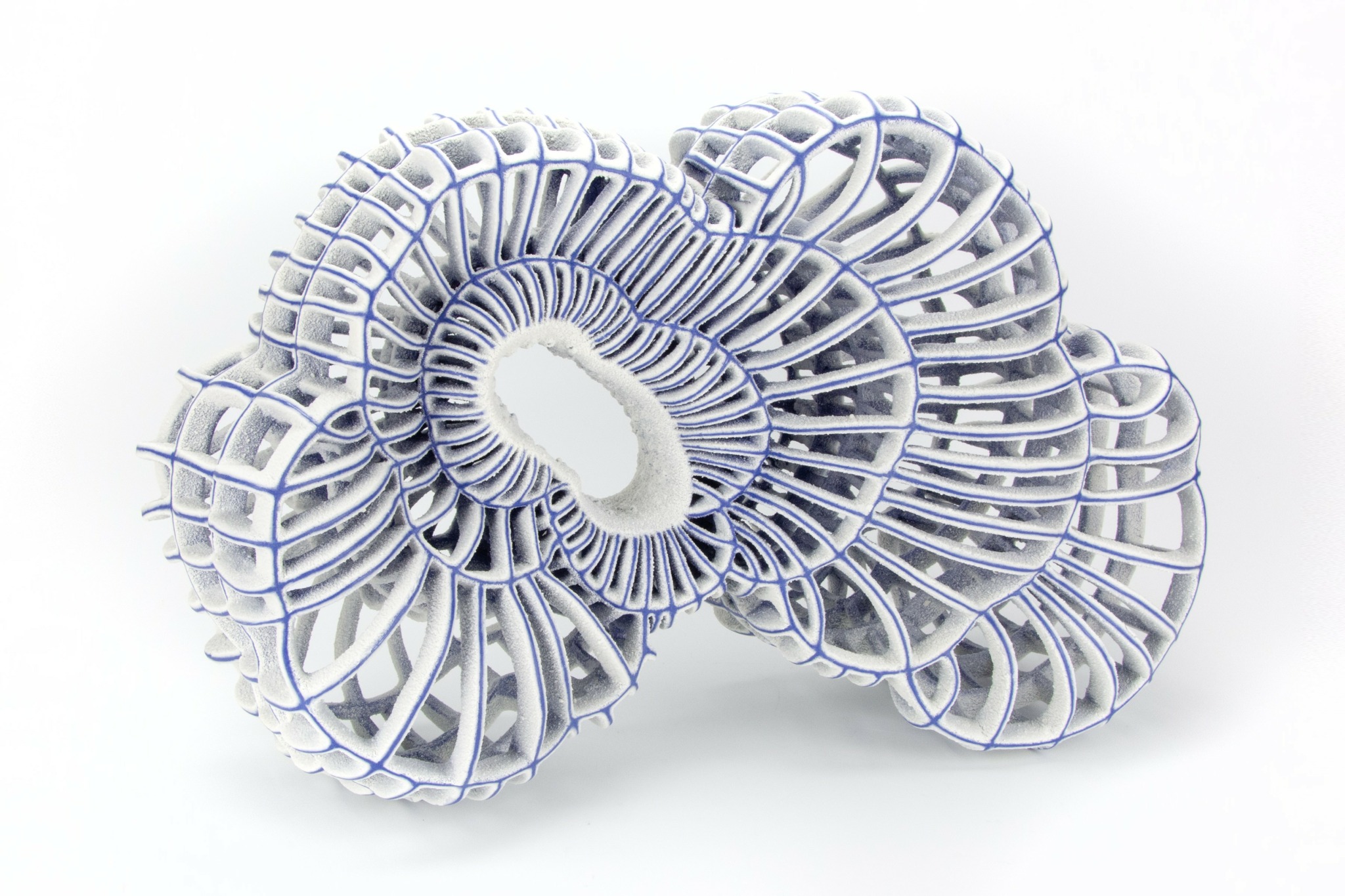
What do you find most rewarding about being a creative?
I truly enjoy the process of making. I spend time in the studio almost every day, and even after 15 years of working with clay, it still excites me to watch a lump of raw material transform into a finished object. That sense of discovery never fades. Having the opportunity to exhibit my work internationally and connect with diverse audiences across the globe is both an honor and a deeply meaningful form of recognition. What’s most rewarding is knowing that my work can resonate with others—sparking curiosity, offering moments of joy, or simply inviting a sense of wonder. That connection is what keeps me inspired.
Contact Info:
- Website: https://www.shiyuanxu.com
- Instagram: shiyuanxu129
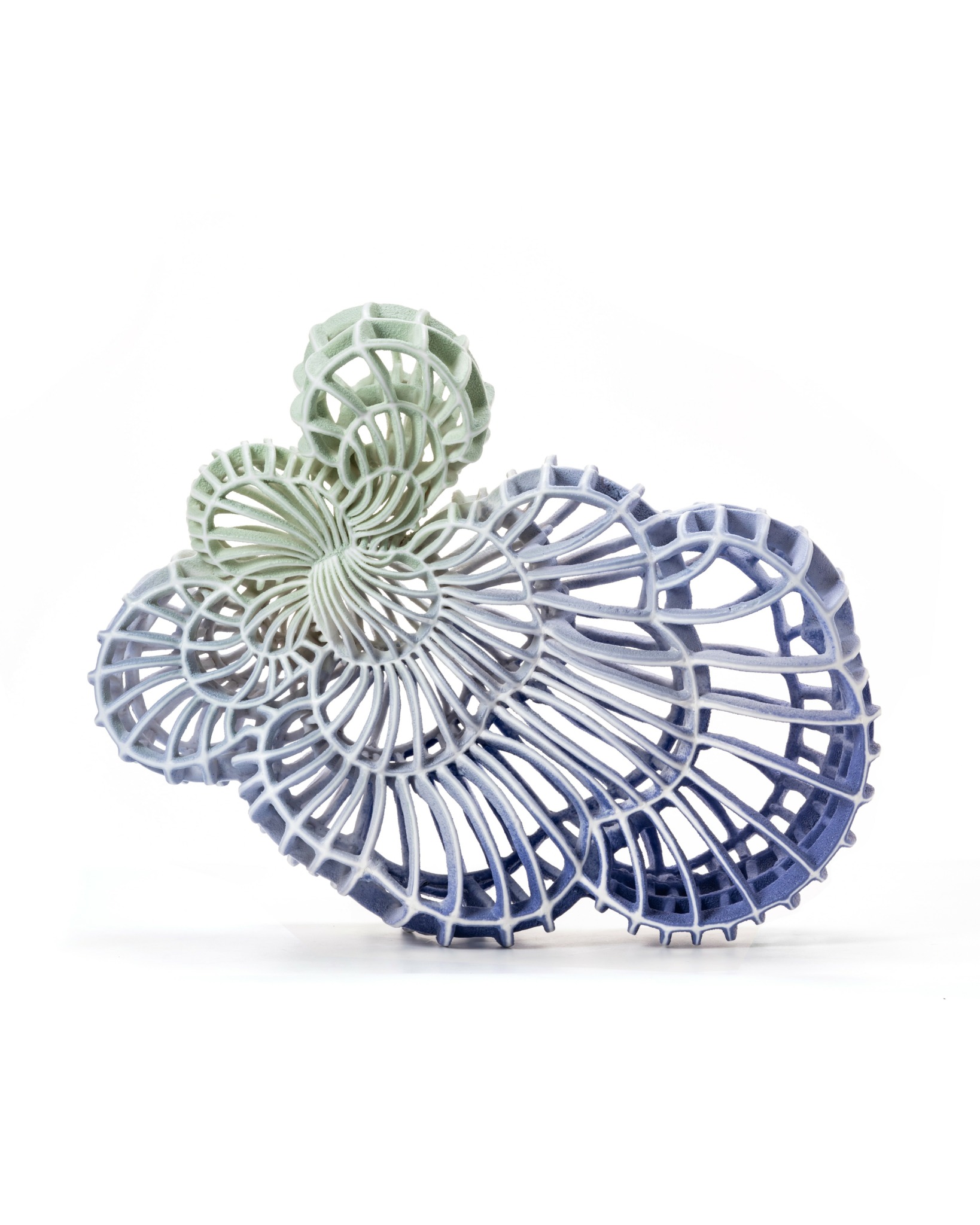

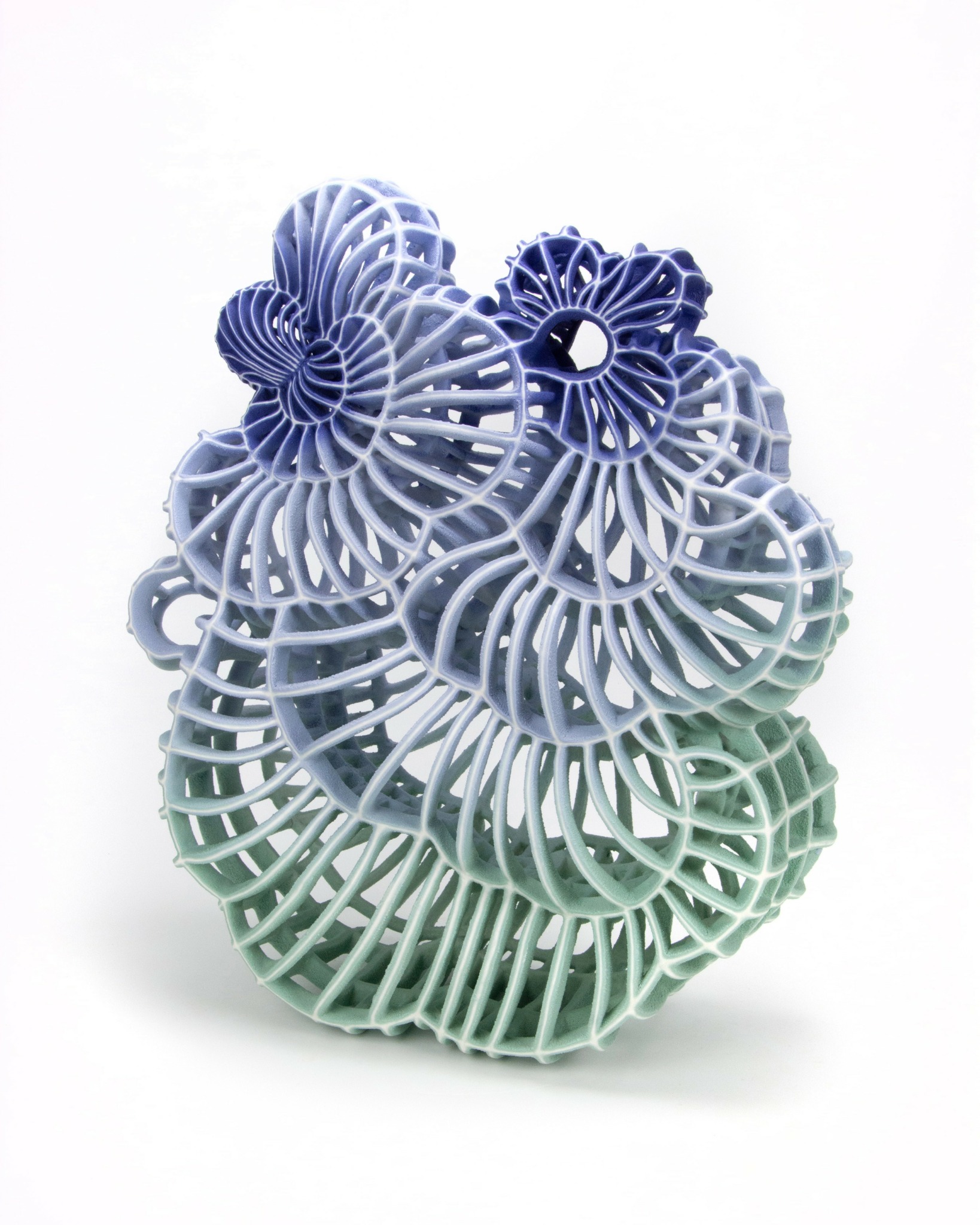
Image Credits
photo credit: Guy Nicol


